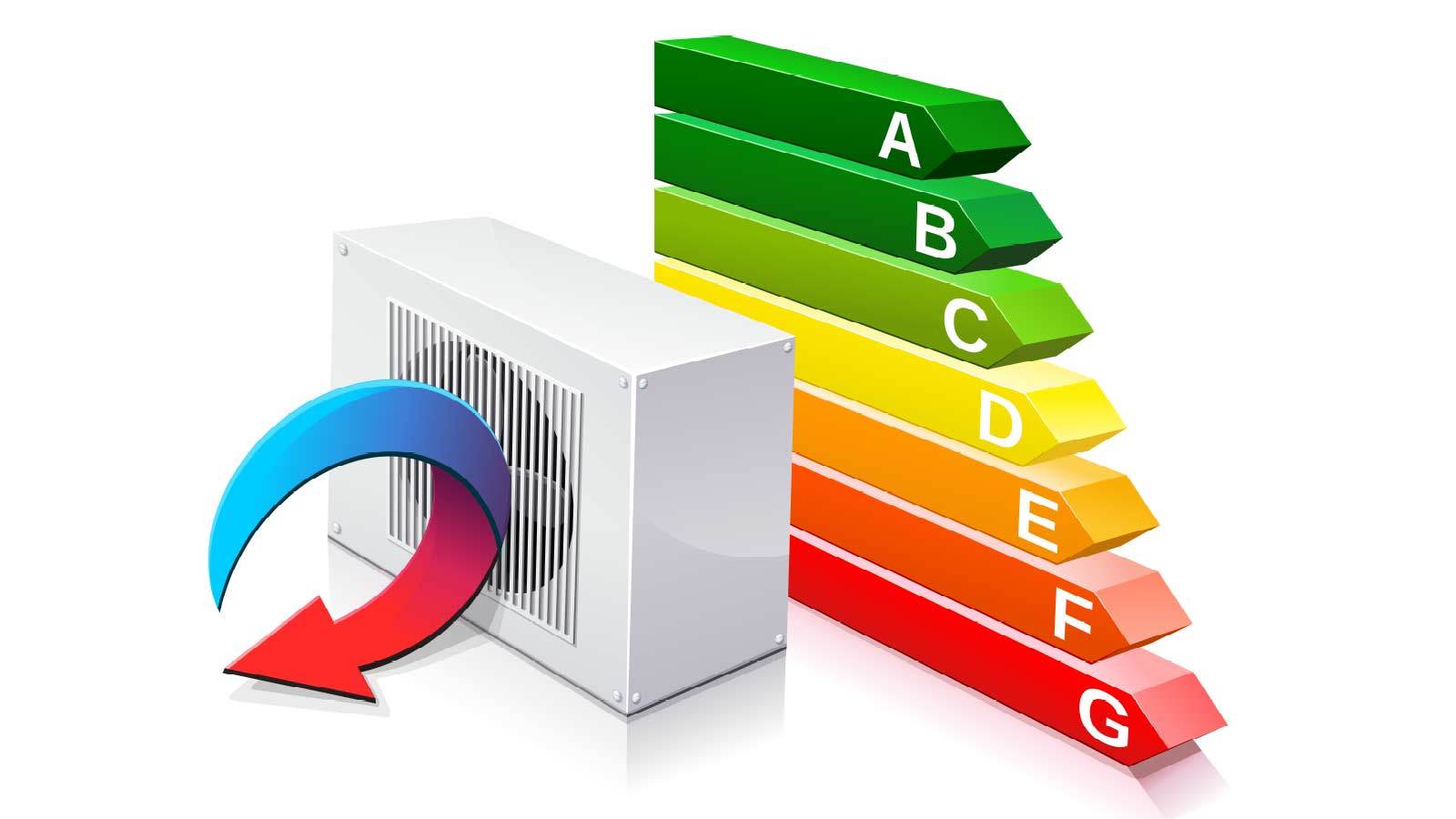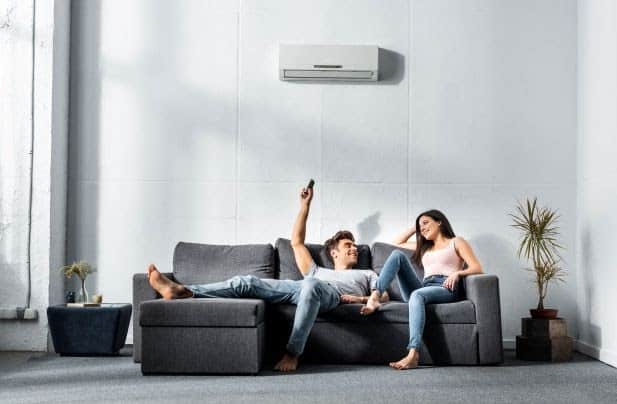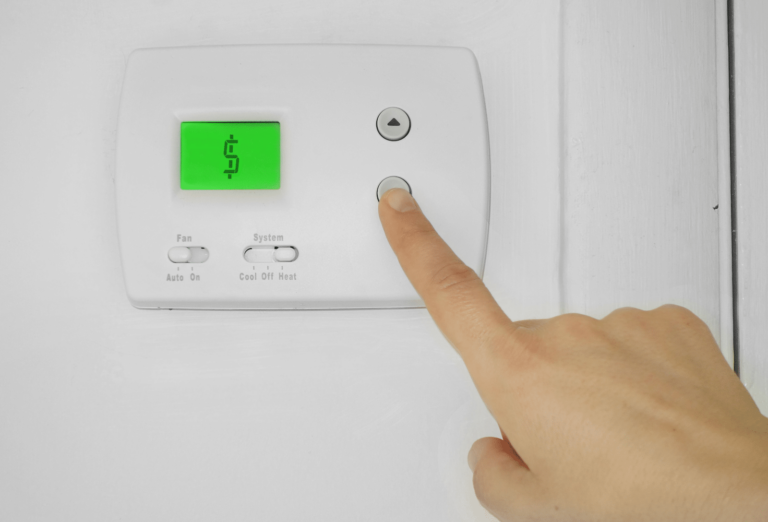What Does SEER Ratings Mean?
When exploring air conditioning options, you’ll likely come across the term “SEER ratings.” But what does it mean, and why should you care? In this blog, we’ll break down SEER ratings, their significance, recent changes to the standards, and how they impact your cooling costs and comfort.
What is a SEER Rating?
SEER stands for Seasonal Energy Efficiency Ratio. It measures the cooling efficiency of an air conditioning unit over an entire cooling season. The SEER rating is calculated by dividing the total cooling output (in BTUs) by the total electrical energy input (in watt-hours) during the same period. Essentially, the higher the SEER rating, the more efficient the unit.
Recent Changes: SEER2
Starting in 2023, the U.S. Department of Energy (DOE) introduced a new testing procedure and updated efficiency standards known as SEER2. SEER2 reflects changes in testing conditions to better simulate real-world scenarios. This update aims to provide a more accurate representation of an AC unit’s efficiency.
- SEER vs. SEER2: SEER2 uses updated testing procedures and equipment that more accurately reflect real-world usage. As a result, SEER2 ratings are slightly lower than traditional SEER ratings for the same equipment.
- Why the Change?: The new standards are designed to improve overall energy efficiency and reduce greenhouse gas emissions. By accounting for actual operating conditions, SEER2 provides homeowners with a better understanding of an AC unit’s performance and potential energy savings.
Why SEER Ratings Matter
- Energy Efficiency: Higher SEER and SEER2 ratings indicate more efficient units, which consume less energy to cool your home. This translates to lower electricity bills.
- Environmental Impact: Efficient units with higher SEER and SEER2 ratings reduce energy consumption, helping to lower greenhouse gas emissions.
- Comfort: High-SEER and SEER2 units often have advanced features like variable-speed blowers and multi-stage cooling, providing more consistent temperatures and better humidity control.
SEER Ratings and Your Budget
While high-SEER and SEER2 units might have a higher upfront cost, the energy savings over the unit’s lifespan can offset this initial expense. Here’s how different SEER ratings can affect your costs:
- 14 SEER/SEER2: The minimum standard in many regions; a good balance of cost and efficiency.
- 16-18 SEER/SEER2: Mid-range options offering better efficiency and features at a moderate price.
- 20+ SEER/SEER2: High-end units that maximize efficiency and comfort but come with a higher price tag.
Choosing the Right SEER or SEER2 Rating for Your Home
The ideal SEER or SEER2 rating depends on various factors:
- Climate: In hot, humid climates like Florida, a higher SEER or SEER2 rating can significantly reduce cooling costs.
- Usage Patterns: Homes that use air conditioning heavily benefit more from higher SEER or SEER2 units.
- Budget: Balancing upfront costs with long-term savings is crucial.
Understanding SEER and SEER2 ratings can help you make an informed decision when selecting an air conditioning unit. Higher SEER and SEER2 ratings mean better efficiency, lower energy bills, and greater comfort. If you’re in Hillsborough, Pinellas, Pasco, or Polk counties and need guidance on the best SEER or SEER2 rating for your home, Air Rescue Air Conditioning is here to help 24/7. Contact us for expert advice and top-notch HVAC services.








